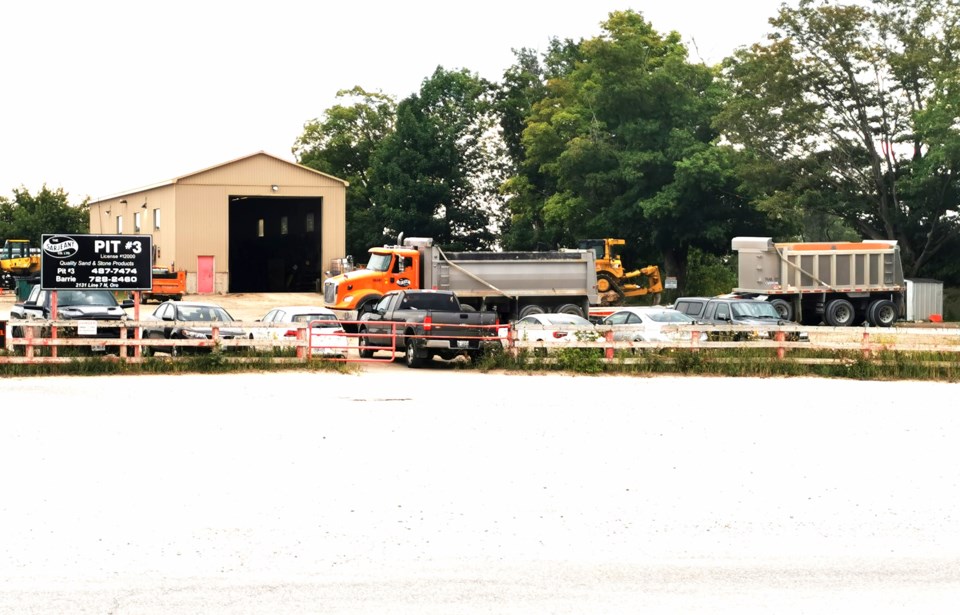MidlandToday welcomes letters to the editor at [email protected] or via the website. Please include your full name, daytime phone number and address (for verification of authorship, not publication). The following letter is from Gary Machan, a member of Simcoe County Greenbelt Coalition.
According to new research performed by the University of Waterloo, 38 watersheds around the Great Lakes are at water risk, three of which lie in Simcoe County; namely, Nottawasaga, Lake Simcoe and Severn Sound. This means there is a high likelihood of the occurrence of water issues ranging from seasonal low flows and ground water depletion to degraded quality and regulatory uncertainty of access use.
It is for this reason Oro-Medonte Council should be commended for taking a stand against the proposal by The Sarjeant Company requesting a category 3 mass water take off that would result in adverse impacts to the environment. Bear in mind, we are not talking about a little bit of water, but rather 1.3 billion litres of pure groundwater. Just imagine 524 Olympic-sized pools and you will begin to appreciate how much water we are talking about.
While the Ministry of Environment has yet to make a decision whether to approve this proposal, one of the weaknesses of its approval process is it tends to restrict its focus on technical water quantity data, rather than employing a more robust and comprehensive risk assessment framework that the University of Waterloo has just developed. Neither does it factor in climate change.
Case in point, there are no regulations in place that prioritize water use in the event of an extended drought. Right now, the aggregate industry has the same rights as individual homeowners and our farmers. Think about that for a moment and imagine what would happen if Simcoe County suffers an extended drought. How would you feel if you went to turn on the tap and there was no water? Or our farmers were unable to grow food?
It is for this reason that Dr. Olaf Weber, Professor at the University of Waterloo, Faculty of Environment, Enterprise and Development states, “ensuring a water secure and climate resilient future by proactively assessing water risks and their hotspots is the need of the hour.” He adds, “we are underestimating the potential risk if we only look at risk to quantity.”
This is a point of real significance for Barrie and surrounding regions, since areas experiencing rapid growth is one of the main criteria that this new framework uses when determining risk. Something that makes sense, since more houses means more demands on water consumption, not to mention, the release of air borne phosphorus from the soil that comes from the construction of new homes that is a major threat to the vitality of Lake Simcoe.
Bottom line, both Canada and Ontario lack a comprehensive, policy framework when it comes to water management. No doubt, this has happened because we’ve been operating under the illusion that we are water abundant. The trouble is we are not. Ergo, message to decision makers, please consult the Interdisciplinary Water Risk Assessment Framework for Sustainable Water Management before making your decisions regarding water.
Gary Machan
Oro-Medonte



